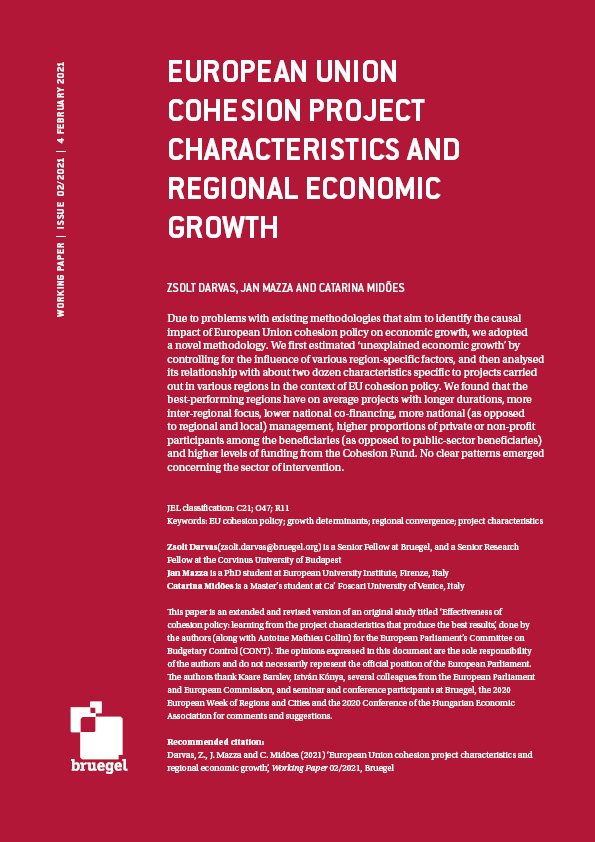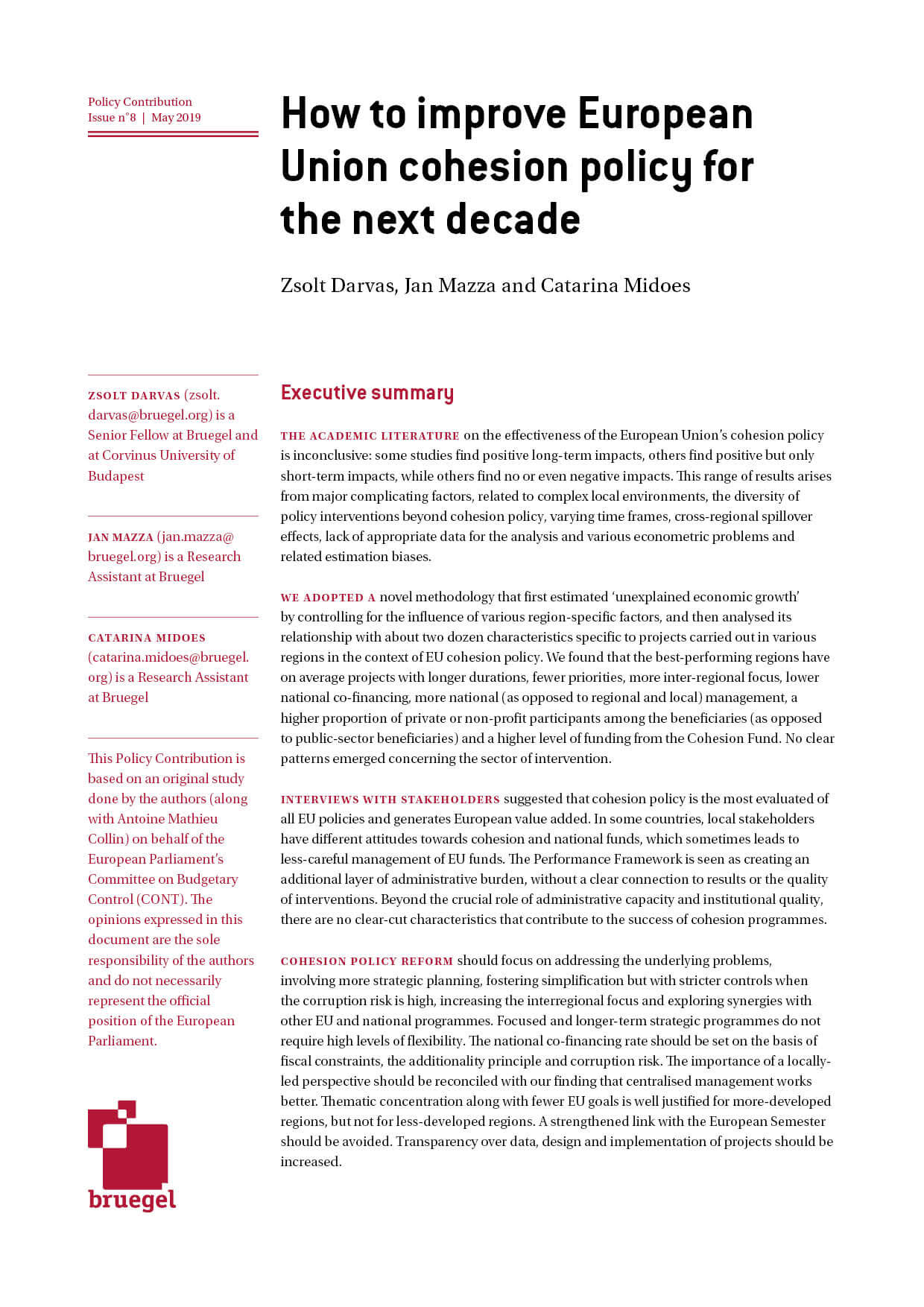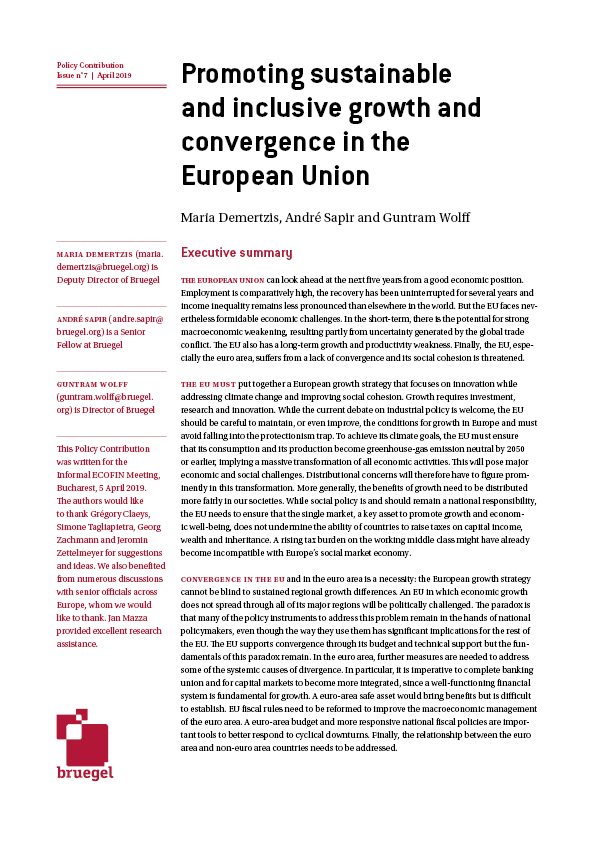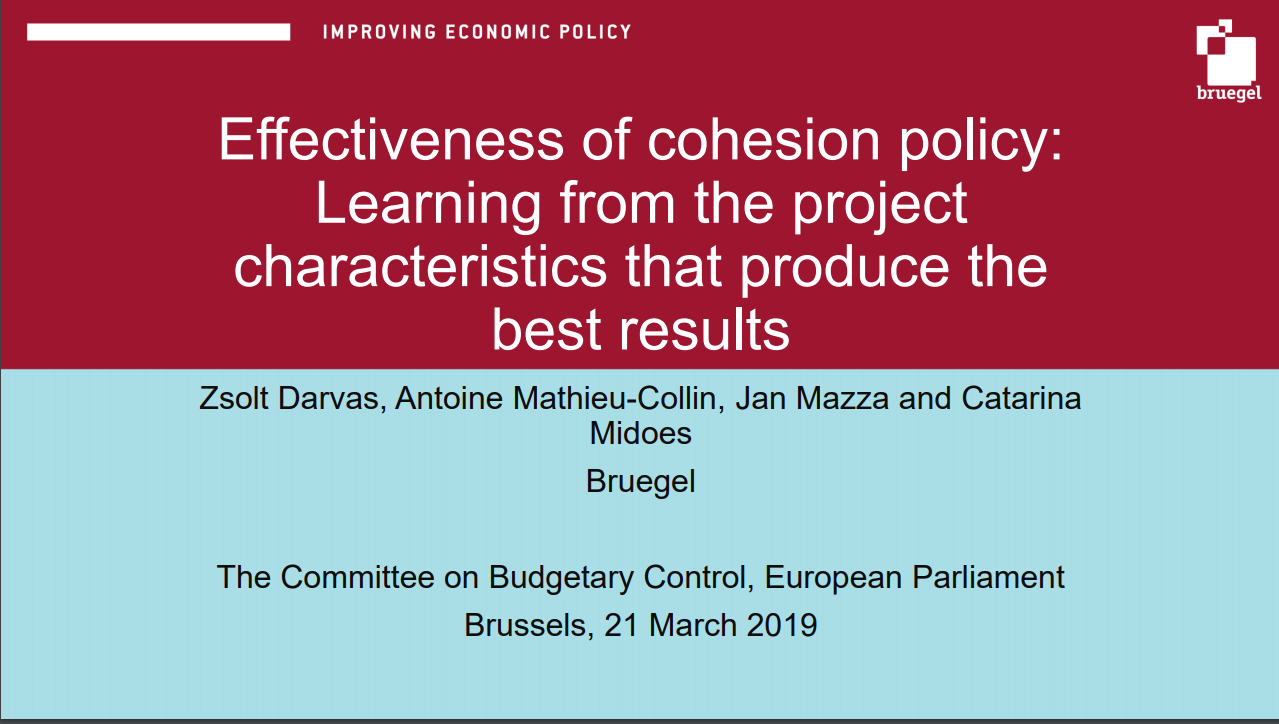Blog Post
How to read the EU budget deal?
The approval of the Multiannual Financial Framework (MFF) 2014-2020 was preceded by the usual agonizing negotiations, but a deal was eventually struck at the European Council of 8 February 2013. The latest deal is much lower than the European Commission’s proposal. Commitments go from 1033bn euros (1.08% of EU GNI) down to 960 bn euros (1% of EU GNI). Payments, which what is going to be truly disbursed over the next seven years, go down to 908.5bn from 988bn euros in the EC proposal. Compared with the MFF 2007-2013 it is reduction in the size of the budget in the order of 0.12% of EU GNI.
How to read the EU budget deal? I
How to read the EU budget deal? II
The approval of the Multiannual Financial Framework (MFF) 2014-2020 was preceded by the usual agonizing negotiations, but a deal was eventually struck at the European Council of 8 February 2013. The latest deal is much lower than the European Commission’s proposal. Commitments go from 1033bn euros (1.08% of EU GNI) down to 960 bn euros (1% of EU GNI). Payments, which what is going to be truly disbursed over the next seven years, go down to 908.5bn from 988bn euros in the EC proposal. Compared with the MFF 2007-2013 it is reduction in the size of the budget in the order of 0.12% of EU GNI.
How to evaluate the deal?
Benchmark
Size is something of a symbolic nature, a large budget sends out an important political message, one that should not be underestimated, but the budget’s capacity to truly exert an impact depends on i) flexibility in the use of available resources across time and sectors of intervention, ii) clever conditionality, which consists of giving it to the “right people”, monitor the process and evaluate the results at the end of each project, iii) exploiting the Budget as a guarantee, iv) moving slowly towards a change in the governance of the Budget.
Weaknesses
· No real reform of the EU Budget has been undertaken at this stage; the EU Budget continues being perceived as an entitlement budget with each Member State fighting over “juste retour”. This explains why the CAP and EU Cohesion Spending continue being the most important budget chapters.
· The fact that no real reform was undertaken both on the spending and the revenue side of the budget explains why pan-European projects such as the Connecting Europe Facility have been sacrificed. EU leaders should not be blamed for cutting on these projects but for little interest in changing the governance of the EU Budget (e.g. by creating own resources).
Potential strengths
· True, as many argue, the latest one is in many respects not a budget for growth as it has compromised investment in pan-European infrastructures, energy and research but Structural and Cohesion Funds may still be growth-enhancing. What matters here is stronger conditionality, monitoring and ex post assessment. The ball on these more technical issues now rolls over to a much wider audience than the 27 national leaders: the next legislative phase will consist of the approval of something close to 80 pieces of law, the majority of which requires approval and, where necessary, amendments by the European Parliament.
· It appears the deal is accompanied by some provisions towards greater flexibility, these would include the possibility of revising the long-term budget figures in 2017 and of shifting resources across years and chapters, say from cohesion to investment, and from some form of rural funds to investment; this de facto implies that each recipient of EU funds can ask for an earlier disbursement and is allowed to redirect resources where they are most needed and depending on circumstances[1].
· The revenue side of the budget is called “own resources” and has been set at roughly 1.23% of GNI. The difference between own resources and payments is called own resources’ margin as is the “pot of money commitments” that the European Commission uses as guarantee when it collects capital on the market to provide financial assistance to EU countries that are not in the euro area countries that face balance of payment problems. The lower the payment figure, the higher the European Commission’s lending capacity, a modest satisfaction but still a plus in times of distress[2].
National battles: who wins and who loses?
· The coalition “Friends of Better Spending”, including amongst others Germany, always insisted on the need to cap the budget at 1% of EU GNI. That is exactly the figure eventually delivered by European Council President Van Rompuy.
· The UK suggested leaving total payments at 886 bn euros, the latest agreement is expected to set them at 908.5 bn euros, a difference roughly equal the size of the UK rebate, possibly a decent compromise.
The role of the European parliament
It is not over! The European Parliament needs to give consent to the EU budget deal. It cannot propose amendments but it can actually block it, it is unlikely to happen given some of the features of the deal and the costs associated with a further delayed approval but it remains an important theoretical possibility and a political chance.
Most importantly, I believe, the European Parliament can actually intervene including by proposing amendments in the definition of the technical details as soon as the legislative phase on the MFF 2014-2020 starts. This is not a small role!
[1] For an appraisal of flexibility, see /publications/publication-detail/publication/504-a-european-fund-for-economic-revival-in-crisis-countries/#.URUfbB2zKSo and /publications/publication-detail/publication/760-the-long-term-eu-budget-size-or-flexibility/#.URUYvR2zKSo.
[2] See /publications/publication-detail/publication/760-the-long-term-eu-budget-size-or-flexibility/#.URUYvR2zKSo.
Republishing and referencing
Bruegel considers itself a public good and takes no institutional standpoint. Anyone is free to republish and/or quote this post without prior consent. Please provide a full reference, clearly stating Bruegel and the relevant author as the source, and include a prominent hyperlink to the original post.










